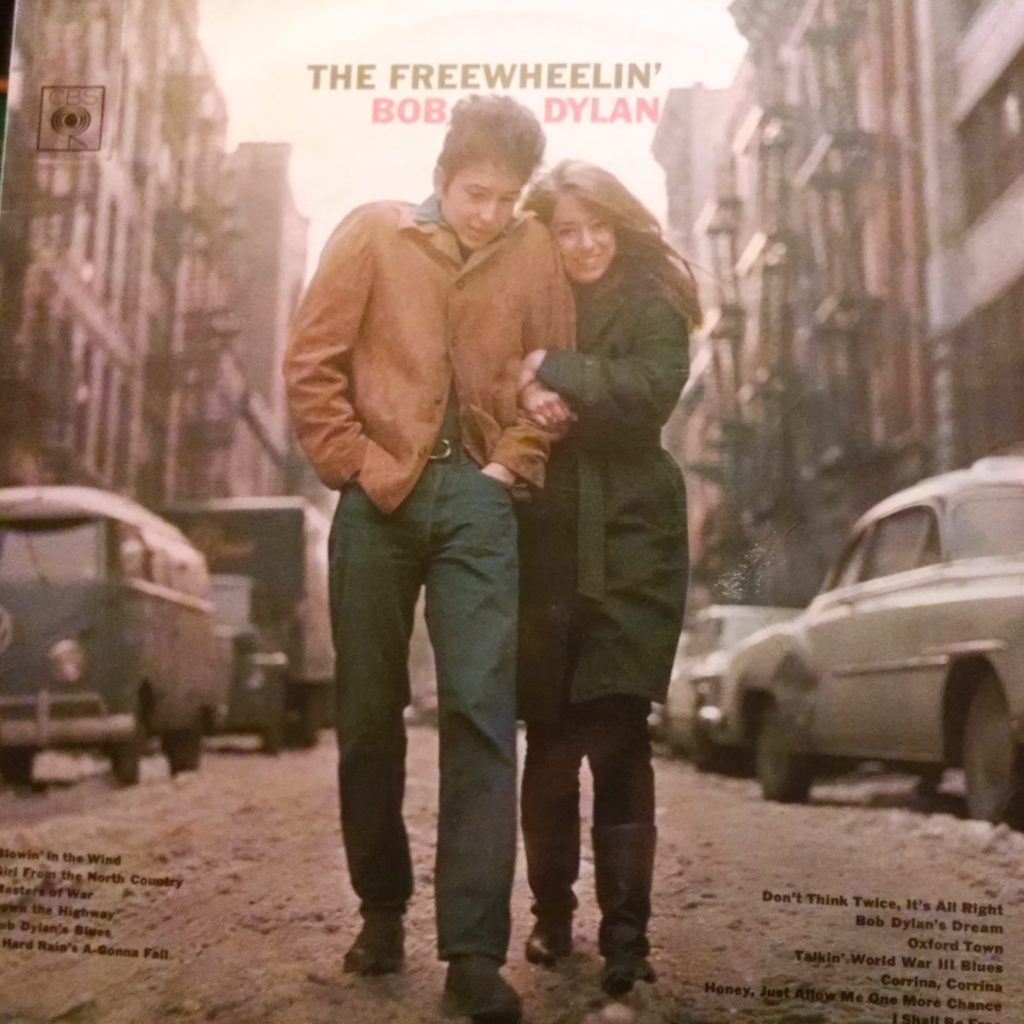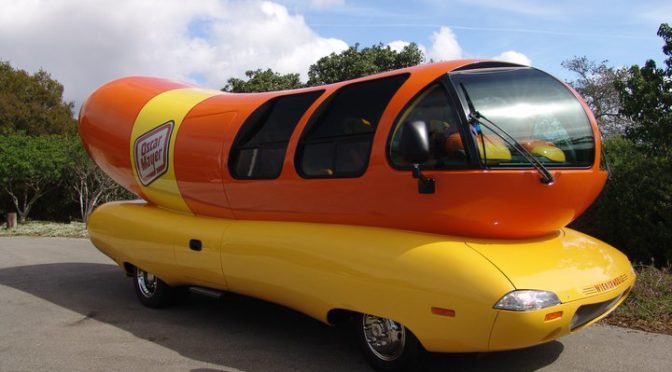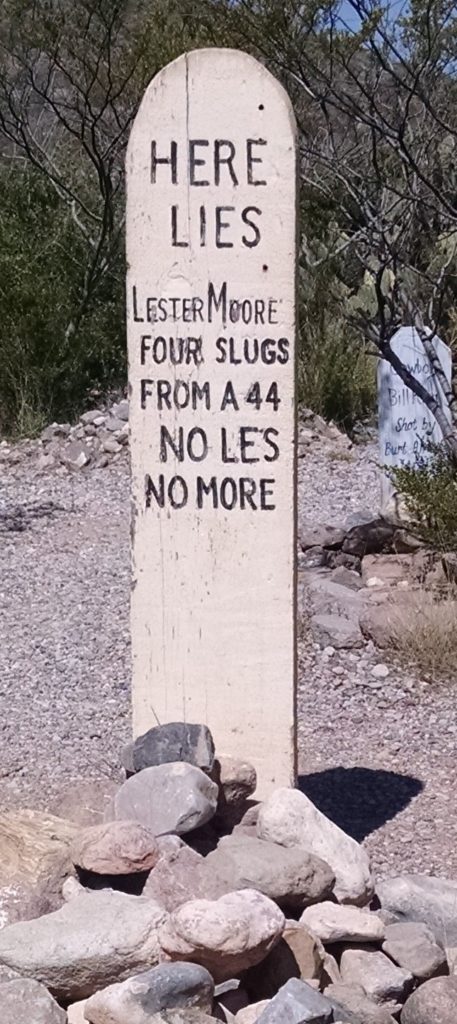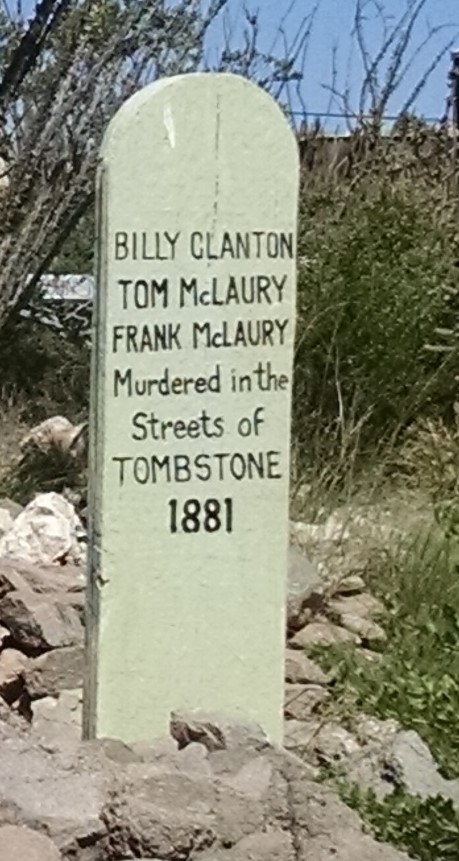About Dylan and my musical youth
With all the tributes and celebratory pieces that have been written this week to mark the 75th birthday of Bob Dylan, it seems strange that I bought my first Dylan LPs while the great man was still in his 20s. I remember the first purchase, a cheap greatest hits compilation that I picked up in a shop called Harris’s in Dockhead Street, Saltcoats, and paid for with ‘old money’.
A few months later I bought the album The Freewheelin’ Bob Dylan. I thought it was the greatest collection of songs I had heard and, since then, I’ve been a committed ‘Dylanisto’ or ‘Bobhead’, call us what you will.
Within a short time, I was the proud owner of a few other Dylan LPs, The Times They Are a-Changin’, New Morning, Bob Dylan, Another Side of Bob Dylan, Desire, Blood on the Tracks. I learned the words of all the songs, and their meanings, off by heart. From The Ballad of Hollis Brown, Tangled Up in Blue, Mozambique and Chimes of Freedom to Boots of Spanish Leather, It Ain’t Me Babe, Song to Woody and Like a Rolling Stone.

But the ones that remain closest to my musical heart are from the Freewheelin’ LP – Oxford Town, Masters of War, Girl from the North Country, Blowin’ in the Wind, A Hard Rain’s A-Gonna Fall. And my all-time favourite Don’t Think Twice, It’s All Right.
I twice saw Dylan in concert, once at Stirling Castle, once at the SECC in Glasgow. On a drizzly night in Stirling, he was going through one of his slightly grumpy and uncommunicative phases, but in Glasgow he was in great form – he even broke into a smile several times.
The thing about all these teenage musical memories is that, no matter how many years go by and how vastly different our tastes become, they never leave us. It’s especially true for those of us who grew up in the late 60s and early 70s that our LP collection defined us musically and, to a certain extent, defined us as individuals.
Since moving to the US I have become reunited with my old album collection and, for the first time in 16 years, have a turntable to play them on. They had all been stashed away in a box, so uncovering them has been like a trip down memory lane.
My love for Dylan extended to most artists of that period who fell roughly into the same category – Neil Young; Joni Mitchell; Donovan; Crosby, Stills and Nash; The Band; James Taylor; Leonard Cohen, Joan Baez and others Are all there. Neil Young was a particular favourite and I have his classics like Harvest and After the Goldrush as well as a lesser-known live LP called Time Fades Away which I picked up in a second-hand record shop in Liverpool.
Another major schoolboy musical love affair I had was with the Newcastle-based band Lindisfarne. The first concert I went to see was their only gig in Scotland, at Green’s Playhouse in Glasgow. There was a warm-up band that I paid absolutely no attention too because I was so excited to see Lindisfarne. Years later I found out the support band was none other than Genesis, complete with Peter Gabriel, Phil Collins et al.
A few other LPs stir up musical memories. Past, Present and Future by the Scottish-born Al Stewart; Fly Like an Eagle by the Steve Miller Band; Tapestry by Carole King; Transformer by Lou Reed; Argus by Wishbone Ash; Early Morning Onwards by Barclay James Harvest; Bridge Over Troubled Water by Simon and Garfunkel. There were a number of Beatles albums including Abbey Road and Rubber Soul, and I had a thing for Cat Stevens and the English folk-rock band Steeleye Span (six of their albums).
There are a couple of hundred singles all from the same period. I certainly wasn’t musically cool back then – the real dudes were walking around with Pink Floyd, Santana and King Crimson LPs under their arms.
Years later I’m not sure my taste has changed that much. Nowadays I would rather see Steve Earle or any Americana or bluegrass act in concert but I’m still a folk/rock lover at heart. And still remain close to my Bob Dylan roots.




